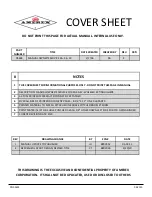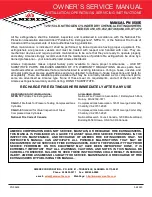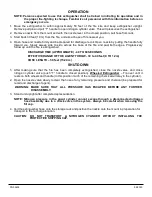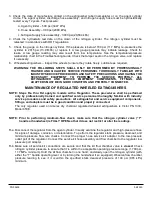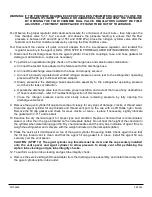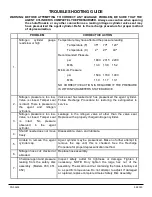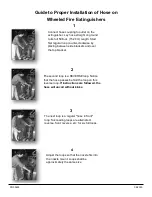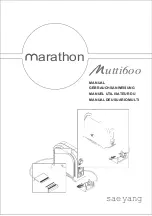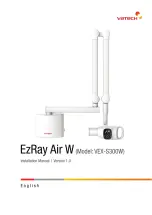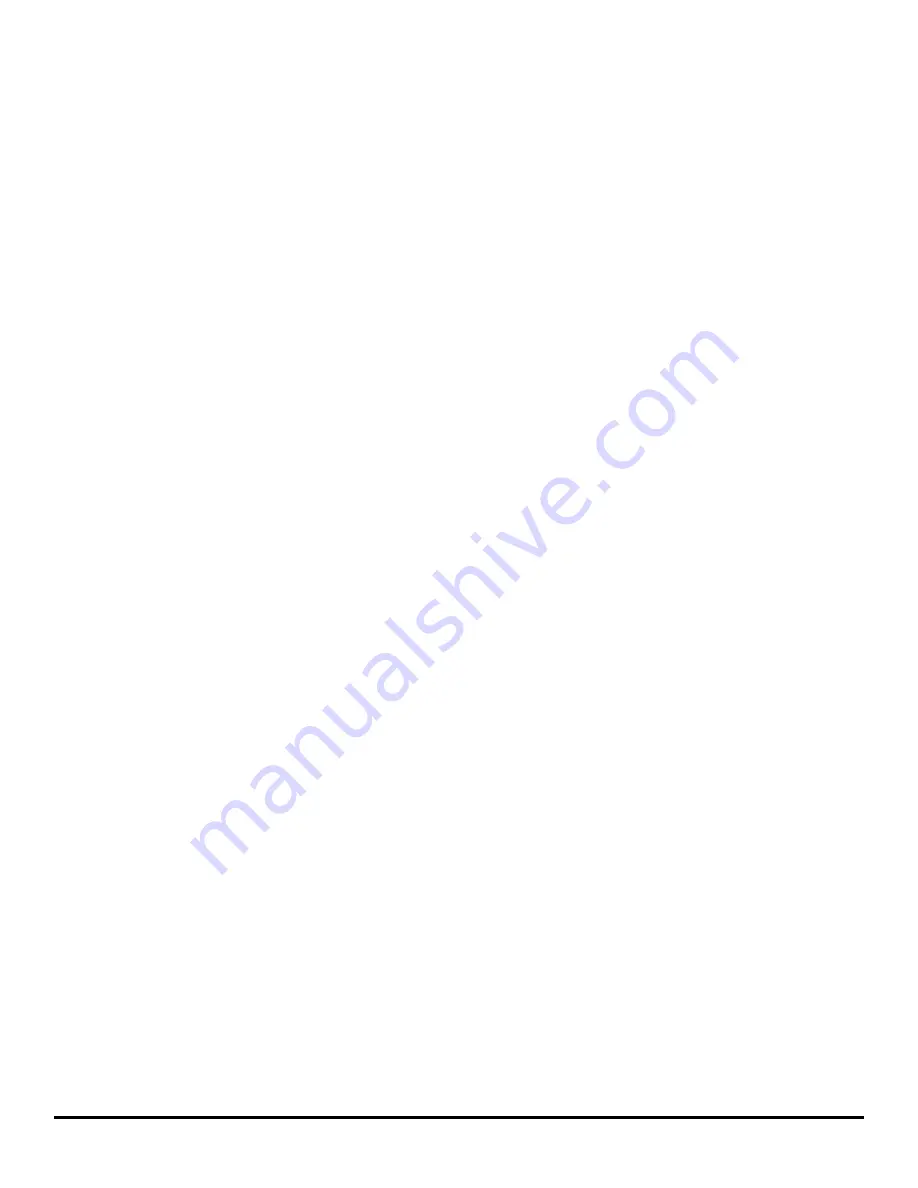
PN 05605
04/2020
INTRODUCTION
THIS MANUAL IS ATTACHED TO EVERY NEW EXTINGUISHER SHIPPED FROM THE FACTORY. IT
CONTAINS VALUABLE INFORMATION WHICH SHALL BE STUDIED BY EVERYONE WHO WILL USE
OR SERVICE THE EXTINGUISHER. THE MANUAL SHALL BE STORED IN A CONVENIENT LOCATION
FOR EASY REFERENCE.
PREPARING YOUR NEW WHEELED EXTINGUISHER FOR USE
1. Remove all shipping straps, and wrappings from unit. Remove attached manual, and review for
proper installation and use of your extinguisher. This wheeled extinguisher is filled at the factory.
2. Examine the extinguisher for shipping damage. If any damage is noted, contact delivering carrier
and request inspection before removing from pallet.
3. Remove extinguisher from pallet.
4. Disconnect discharge hose assembly from agent cylinder. Make sure hose and nozzle is
unobstructed. Verify moisture seal is undamaged and properly seated on the agent cylinder
discharge fitting.
5. Reconnect the discharge hose to the agent cylinder and with the valve in the closed (forward)
position, place it in the holder on the hose rack.
6. Remove the agent cylinder fill cap, and examine the agent for proper type and condition. Replace
the fill cap tightly.
7. Remove the nitrogen cylinder shipping cap. Save the cap as it must be installed whenever the
cylinder is transported. Check the cylinder pressure. The gauge shall read approximately 2015 PSI
(13.9 MPa) at 70*F (21*C) ambient temperature. The
“
T
”
handle valve shall have a pull pin and
tamper seal Installed.
8. Remove and save the safety vent plug installed on outlet of T
-
handle gas cylinder valve. Connect
the gas supply hose firmly into the nitrogen cylinder valve making sure hose is kink free.
9. Record the date the extinguisher is place into service on the inspection tag, and attach it to the
extinguisher. Remove the
“
preparing your new wheeled extinguisher for use
”
instruction tag.
INSTALLATION
WARNING: DO NOT PLACE THIS EXTINGUISHER CLOSE TO A POTENTIAL FIRE.
Do not place this extinguisher close to a potential fire hazard. Amerex recommends location no less than a 50
-
foot distance from the hazard while leaving an unobstructed access. Avoid placing it in an extremely hot or
cold place. The operational temperature range for this extinguisher is
-
65°F to +120°F (
-
54°C to +49°C).
The extinguisher shall be adequately protected if temperatures outside of this range are anticipated. Keep the
extinguisher clean and free from dirt, ice, chemicals, and any contaminants that may interfere with its proper
operation. DO NOT FUNCTIONALLY TEST THIS FIRE EXTINGUISHER. (Testing or any use may cause the
extinguisher to gradually lose pressure over a period of time and make the extinguisher ineffective.)

